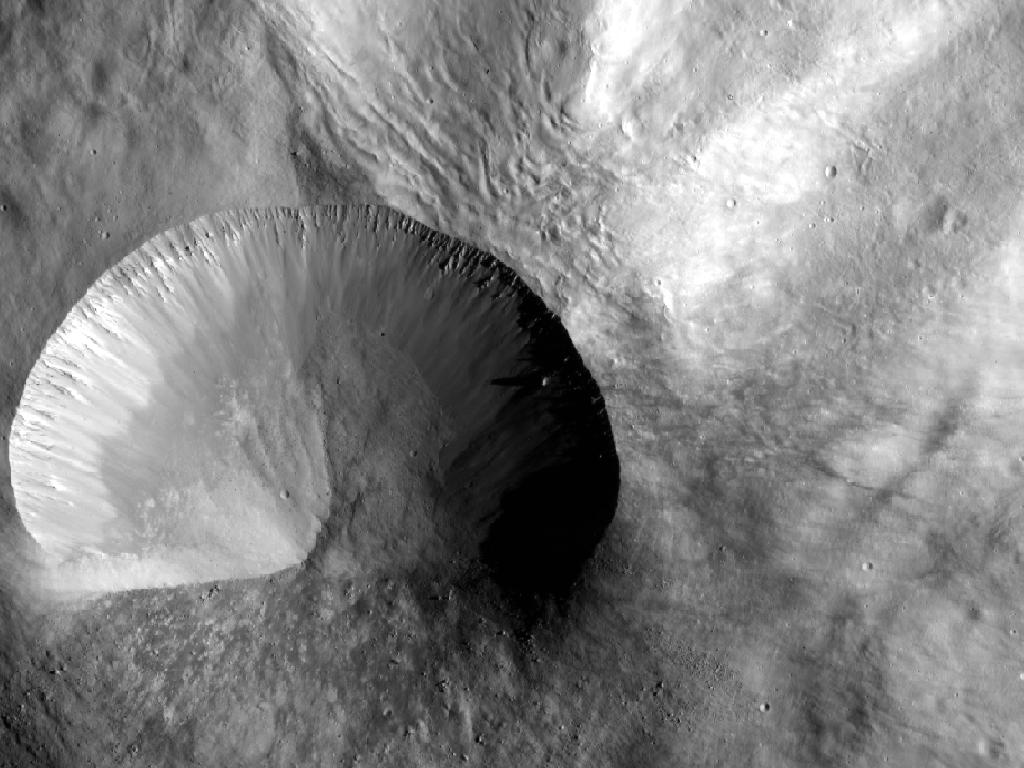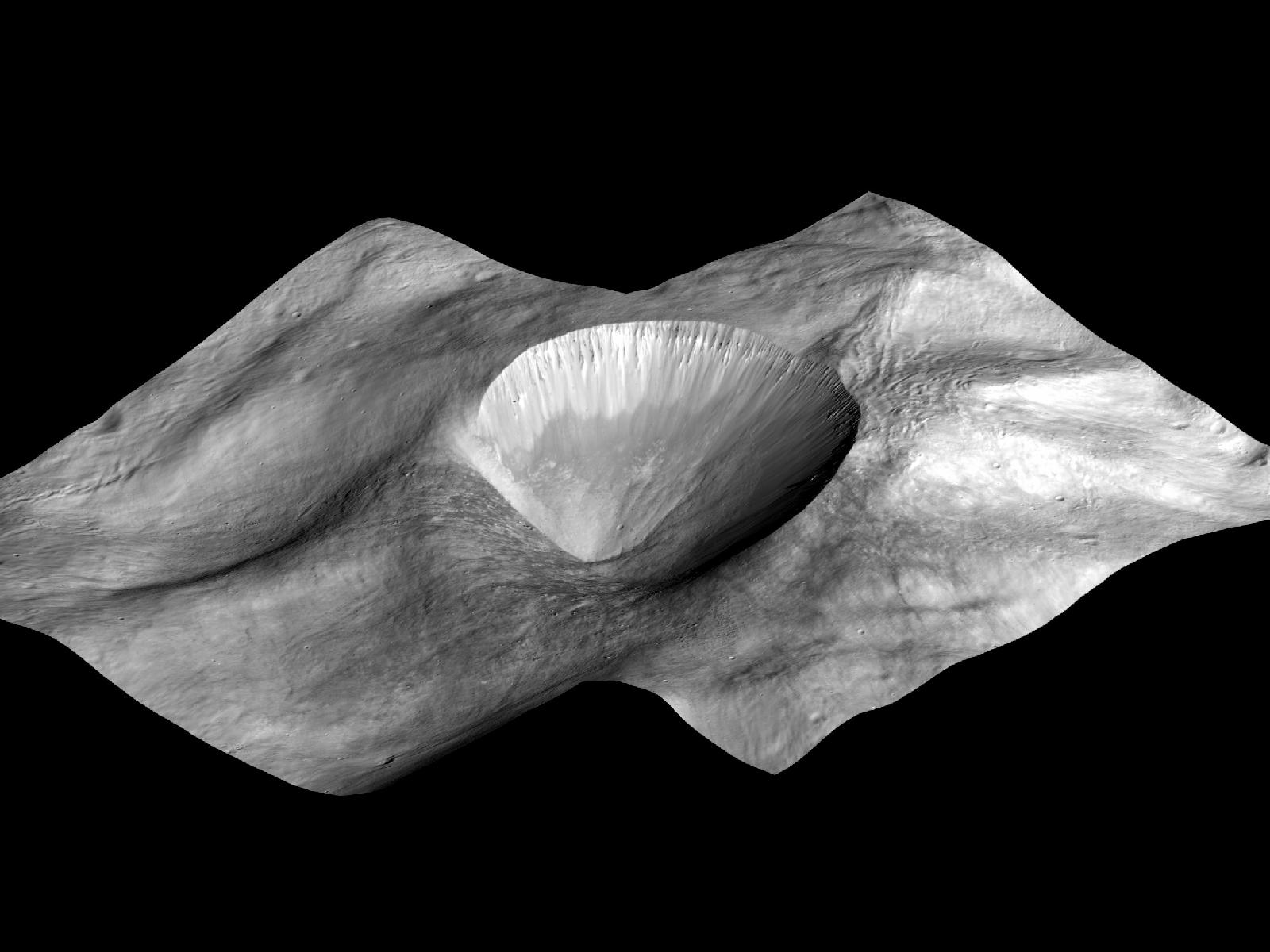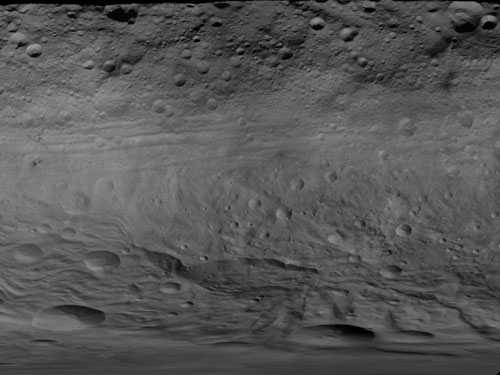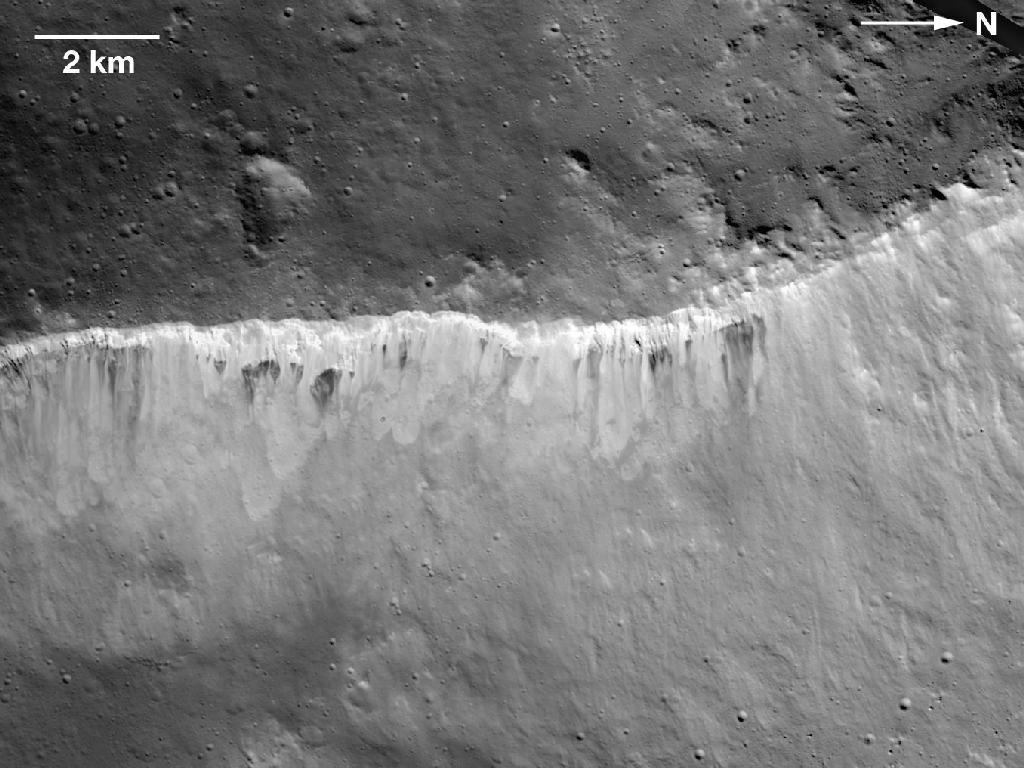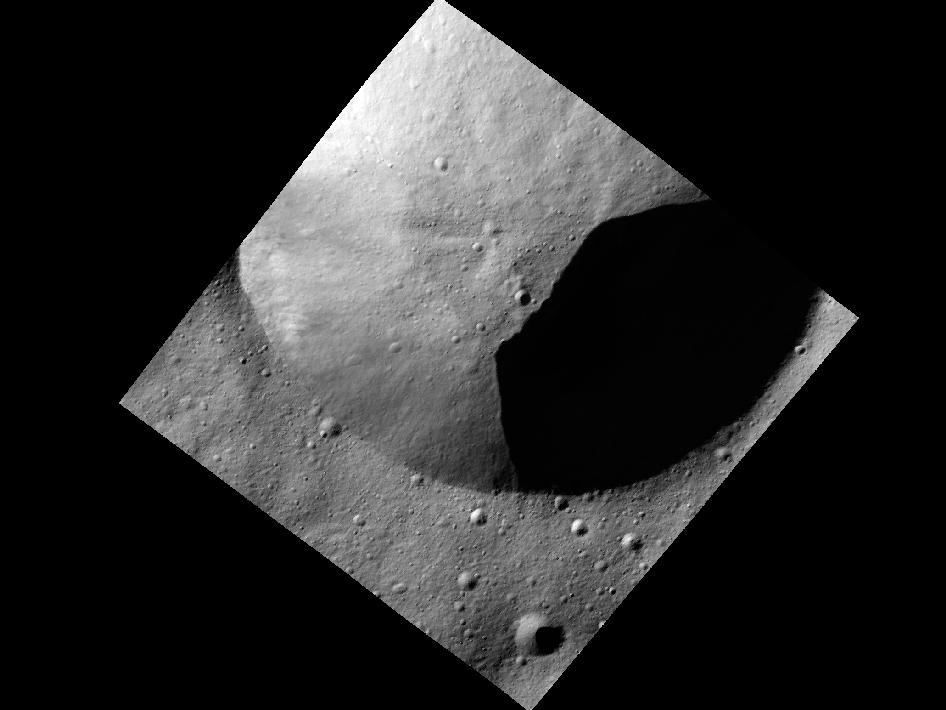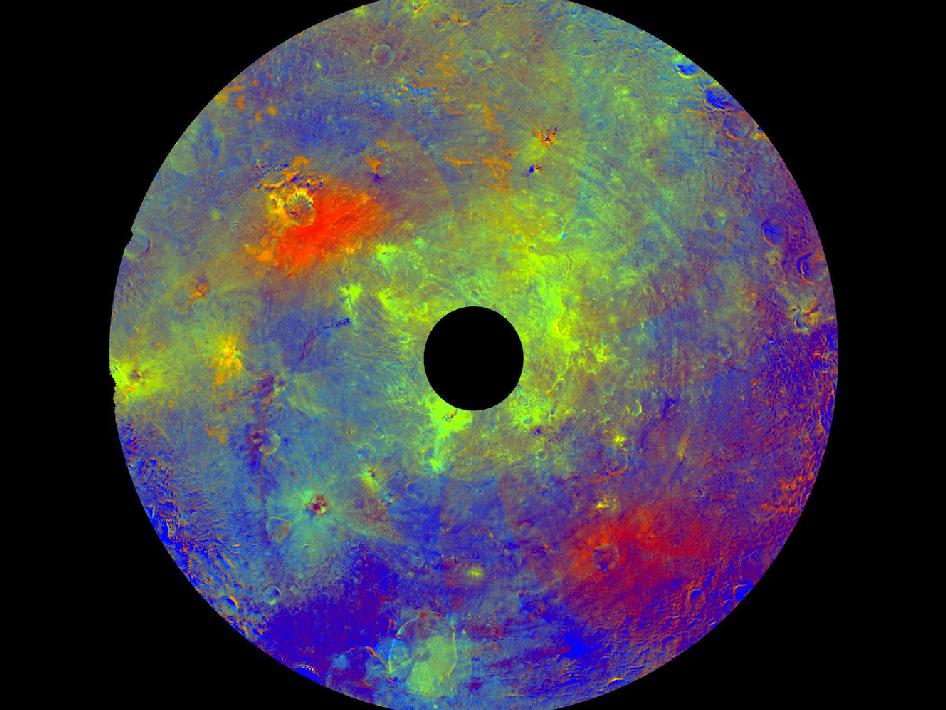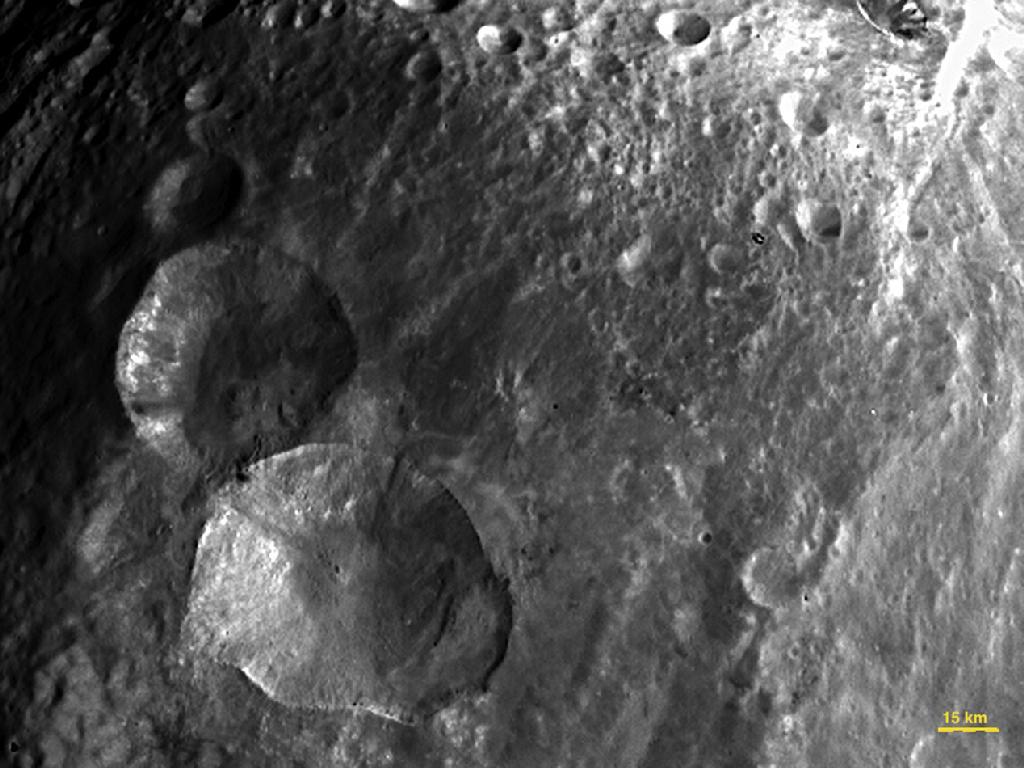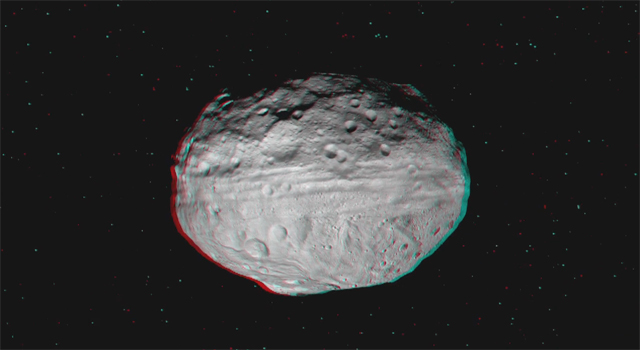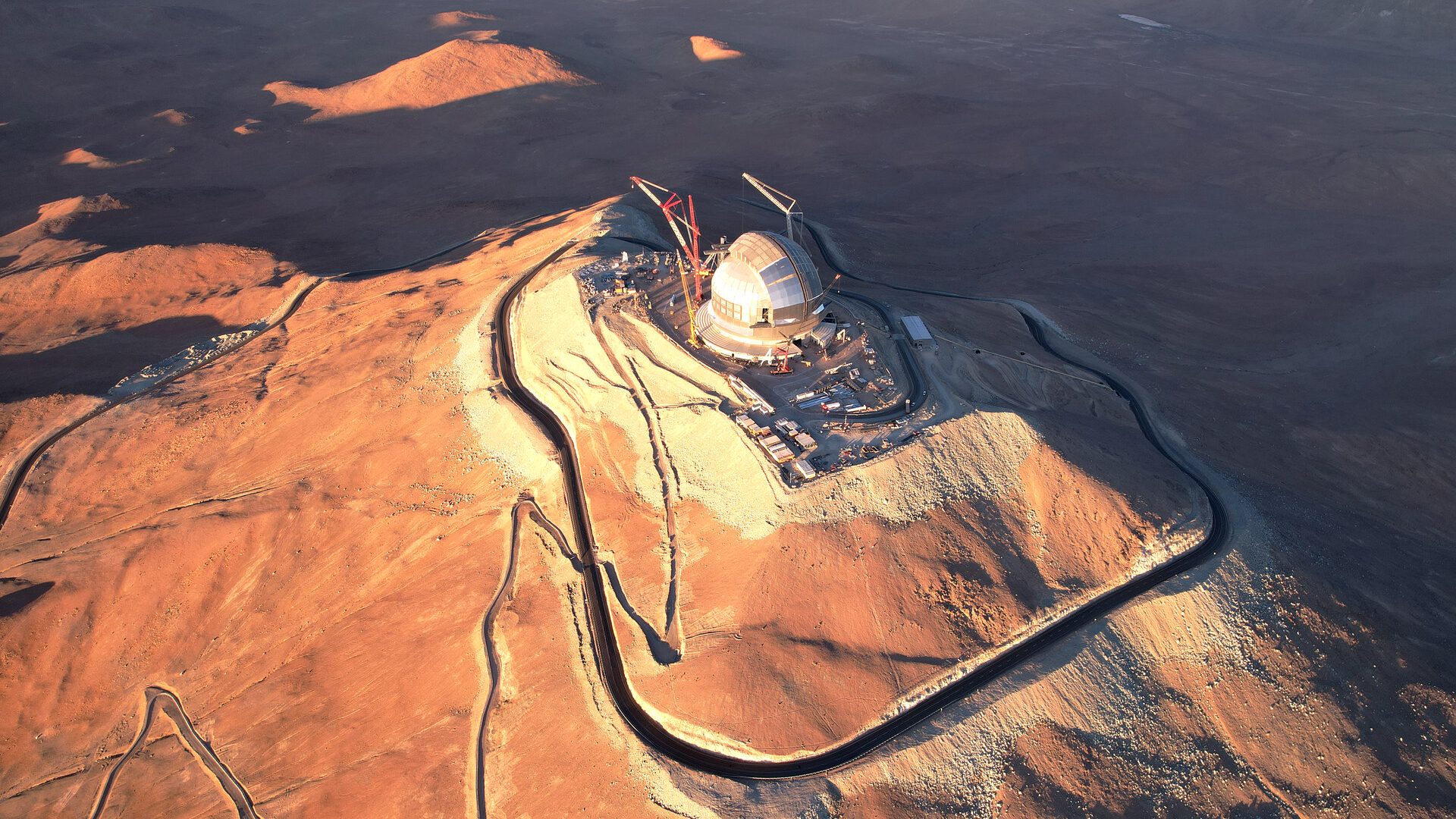Photos: Asteroid Vesta and NASA's Dawn Spacecraft
Layered Young Crater
This image from NASA's Dawn spacecraft shows a young crater on Vesta that is 9 miles (15 kilometers) in diameter. Layering is visible in the crater walls, as are large boulders that were thrown out in the material ejected from the impact. This image was obtained by Dawn's framing camera image was acquired on Dec. 21, 2011.
Perspective View of Layered Young Crater
This image, made from data obtained by NASA's Dawn spacecraft, shows a perspective view of a layered young crater in the Rheasilvia basin at Vesta. Image released March 20, 2012.
Map of Vesta's Equatorial Latitudes and Southern Hemisphere
This is the first global map of the giant asteroid Vesta composed from images recorded by the framing camera aboard NASA's Dawn spacecraft.
Bright and Dark at West Rim of Marcia Crater
The interplay of bright and dark material at the rim of Marcia crater on Vesta is visible in this image mosaic taken by NASA's Dawn spacecraft. The bright and dark material appear to be exposed from weathering. This images that make up the mosaic were obtained by Dawn's framing camera on Dec. 21, 2011, and Jan. 5, 2012.
Close-up Photo of Vesta
This image, one of the first obtained by NASA's Dawn spacecraft in its low altitude mapping orbit, shows part of the rim of a fresh crater on the giant asteroid Vesta. The terrain shown here is located in an area known as the Heavily Cratered Terrain in the northern hemisphere.
Asteroid Vesta Multicolor Rock Composition
This image using color data obtained by the framing camera aboard NASA's Dawn spacecraft shows Vesta's southern hemisphere in color, centered on the Rheasilvia formation. Rheasilvia is an impact basin measured at about 290 miles (467 kilometers) in diameter with a central mound reaching about 14 miles (23 kilometers) high. The black hole in the middle is data that have been omitted due to the angle between the sun, Vesta and the spacecraft.
Asteroid Vesta "Snowman" Craters
A set of three craters, nicknamed "Snowman," are seen in this image of the asteroid Vesta's northern hemisphere. This image was obtained by the framing camera on NASA's Dawn spacecraft on July 24, 2011, from a distance of about 3,200 miles (5,200 kilometers).
Breaking space news, the latest updates on rocket launches, skywatching events and more!
Viewing the South Pole of Vesta
This image obtained by the framing camera on NASA's Dawn spacecraft shows the south pole of the giant asteroid Vesta.
Asteroid Vesta 3D Video
A 3-D video of the asteroid Vesta incorporates high-resolution images taken by NASA's Dawn spacecraft from July to August 2011. The images were obtained as Dawn approached Vesta and circled the giant asteroid during the mission's survey orbit phase.
High Cliffs at Vesta's South Pole
The south pole of the giant asteroid Vesta reveals cliffs that are several miles or kilometers high, deep grooves, and craters.

Space.com is the premier source of space exploration, innovation and astronomy news, chronicling (and celebrating) humanity's ongoing expansion across the final frontier. Originally founded in 1999, Space.com is, and always has been, the passion of writers and editors who are space fans and also trained journalists. Our current news team consists of Editor-in-Chief Tariq Malik; Editor Hanneke Weitering, Senior Space Writer Mike Wall; Senior Writer Meghan Bartels; Senior Writer Chelsea Gohd, Senior Writer Tereza Pultarova and Staff Writer Alexander Cox, focusing on e-commerce. Senior Producer Steve Spaleta oversees our space videos, with Diana Whitcroft as our Social Media Editor.
